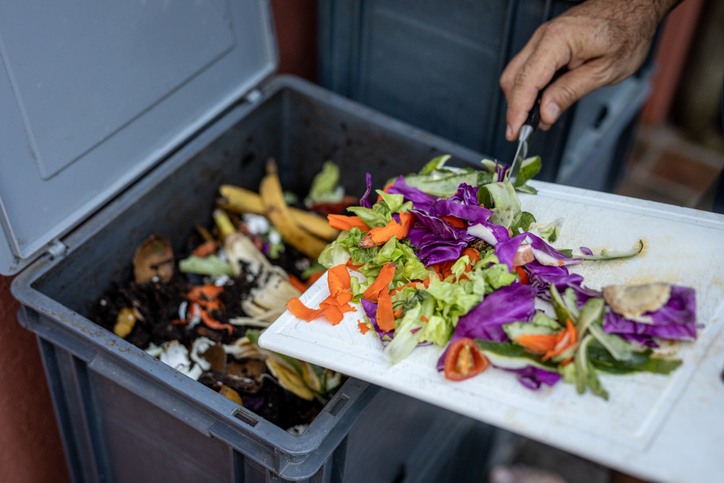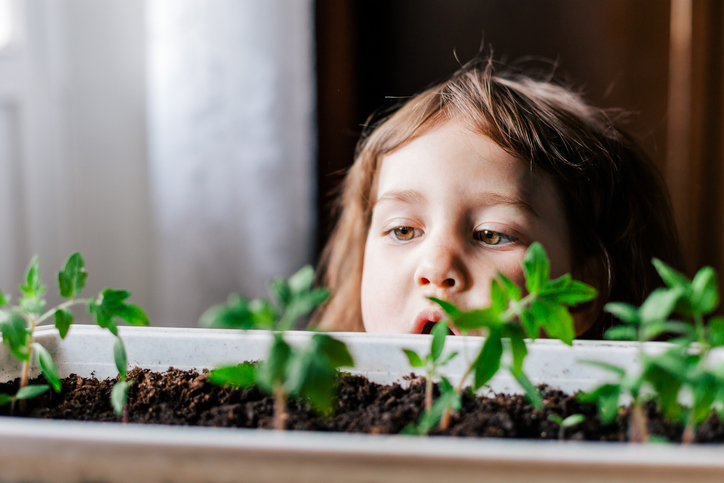Wasted food is wasted money. For people with limited budgets, reducing food waste can be a huge help in saving money. However, preventing food waste is easier said than done in many cases. It is possible though. With just a few changes to your shopping, cooking, and storage routine, you can be on your way to saving food from the trash in no time.
Planning
Taking an extra step or two to plan your meals can end up being a time, money, and waste saver. Planning weekly meals opens up the opportunity to more easily plan a grocery list. This list will be specific to those meals to ensure you are not purchasing more than will be used. Write things such as “three red onions” or “four cans of black beans” to be sure you buy exactly what is needed. Especially when you are on a budget and potentially using multiple forms of payment, including an EBT card, WIC, and/or cash, this list will have you prepared to be a smart shopper.
In addition to meal planning, purchase ingredients that have a long shelf life. Canned and frozen fruits and vegetables can last much longer than fresh produce. Bonus: they are often a fraction of the cost and they are just as nutritious. Be sure that if you are buying canned foods you rinse your produce under running water before preparing it. This will minimize the amount of salt that ends up in your food. While we often associate fresh with better, this is not always true. In fact, frozen veggies may end up being more nutritious than fresh veggies since they were picked, frozen, and packaged at the peak of harvest—the time when the produce has the highest concentration of nutrients. Not only is frozen produce good for your budget, but it is also great for your body.
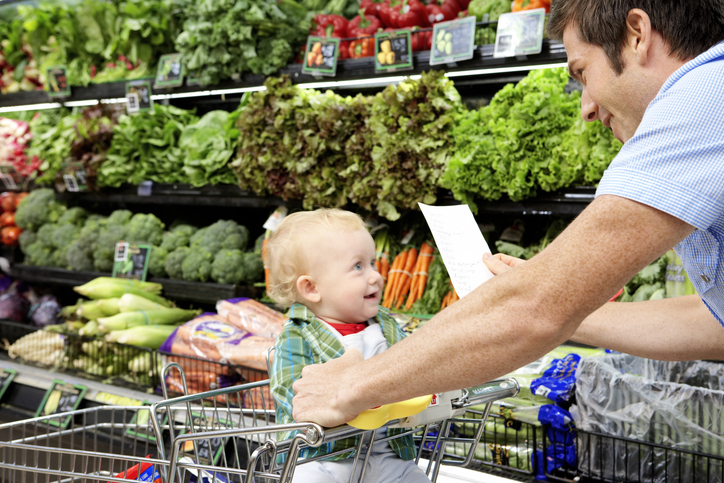
Cooking
When you get home with your carefully planned grocery haul, be sure to use as much as you can when cooking. If you choose to buy fresh fruits or vegetables, do your best to use the whole item. The green carrot tops can be blended with oil and cheese for a makeshift pesto. Additionally, potatoes do not need to be peeled before cooking. Wash the skin thoroughly and cook with the skin on—you will get an extra amount of fiber if you eat the skin as well as the flesh of the potato.
In addition to using food items thoroughly, try batch cooking large meals to save time later. It may be more work up front, but it will pay off in the long run. You can freeze meals that then only need to be microwaved later for quick meals after work or school. This will save you time from chopping veggies multiple days for multiple meals, and it will ensure you use all your food without letting it go to waste in the fridge.
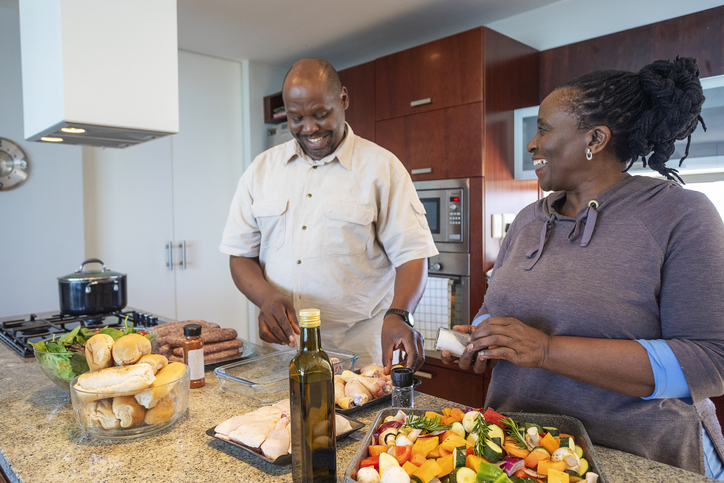
Storing
Leftovers can be notorious for going to waste. However, if you organize your fridge and freezer well, you can be sure you are using all the food you prepared. Here are a few storage tips:
- Date things you have prepared. This may include chopped produce, cooked meals, or foods that were stored in a manufacturer’s container previously. Anything you put into your bags or container should be dated so you know when it was prepared and are not left guessing when you find it in your fridge days later.
- Practice FIFO—first in, first out. This means that older foods should move to the front of the fridge or freezer as you add new things in. Use up your oldest foods first to be sure they do not spoil. If you are worried something could spoil, check if it can be frozen and saved longer.
- Know what spoilage looks like. Dates on packaged foods are not formally regulated. Do not rely on those dates alone to know that something has gone bad. Familiarize yourself with the different colors, smells, and textures foods should have to know that you are serving food safely and not letting it go to waste.
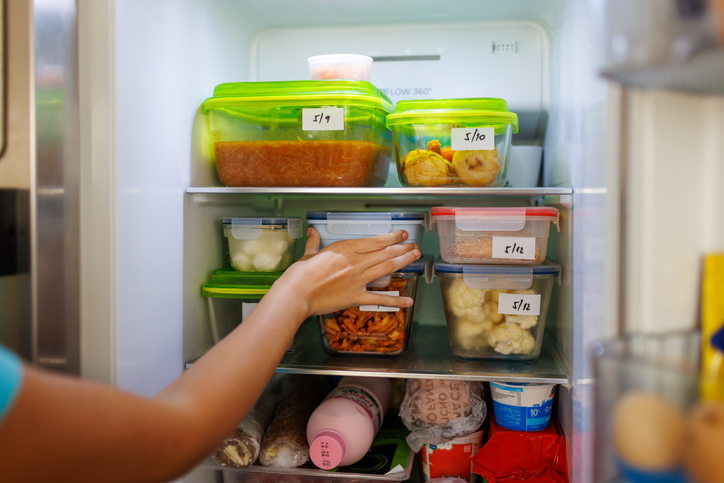
It Is a Group Effort
Reducing food at home is not always the easiest task. If you live with others, ask them to get involved as well. Make lists together, shop together, and cook together. Especially for kids, being involved in food preparation makes them more likely to eat the meals and less likely to waste them. Do the best you can—it is not easy to make all these changes at once. One or two small changes is a huge success if you and your household can manage it.
Did you find this blog post helpful? Please click the heart button!

